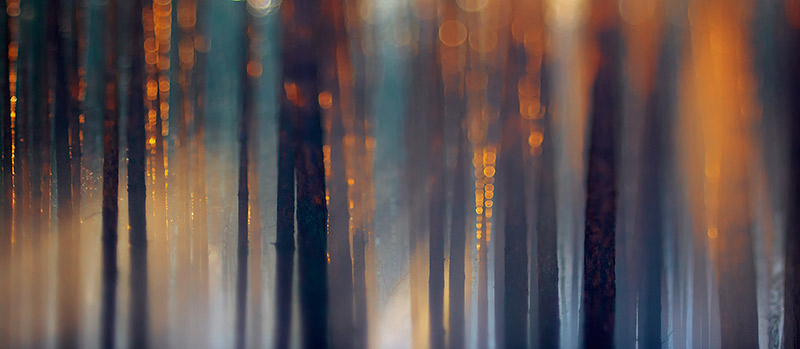Interview: Judges of BBC WPOTY 2015
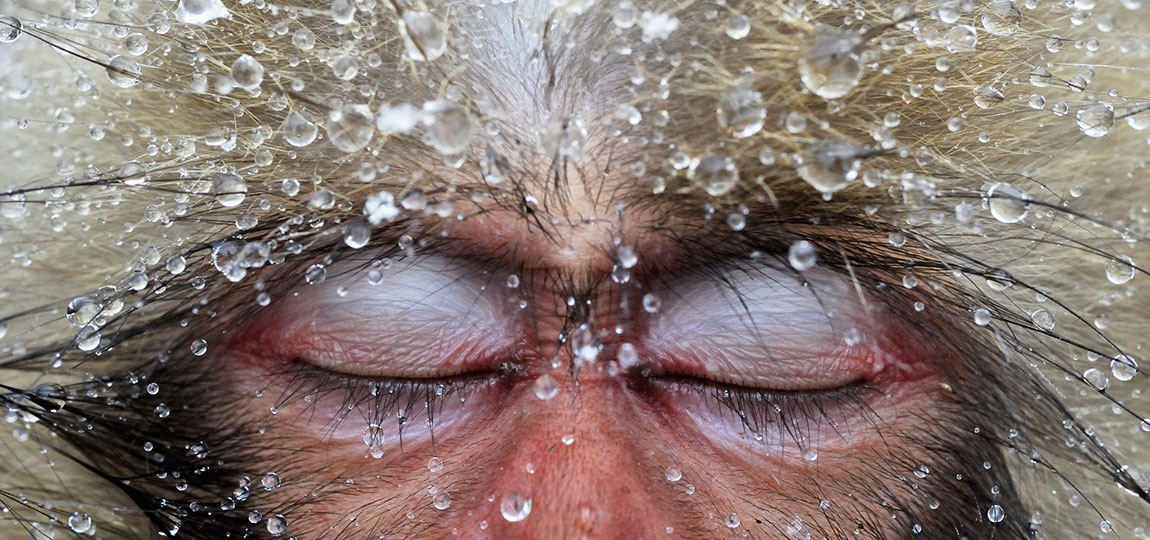
The BBC Wildlife Photographer of the Year competition is the biggest of its kind in the world. Each year, wildlife photographers from all countries are brought together to produce one of the most incredible exhibitions of photographic talent there is.
The deadline is fast approach, with all entries needing to be submitted by 26th February for the 2015 competition. With this in mind, we took the opportunity to interview two of the judges from this year’s Wildlife Photographer of the Year competition: Alex Mustard and Sandra Bartocha.
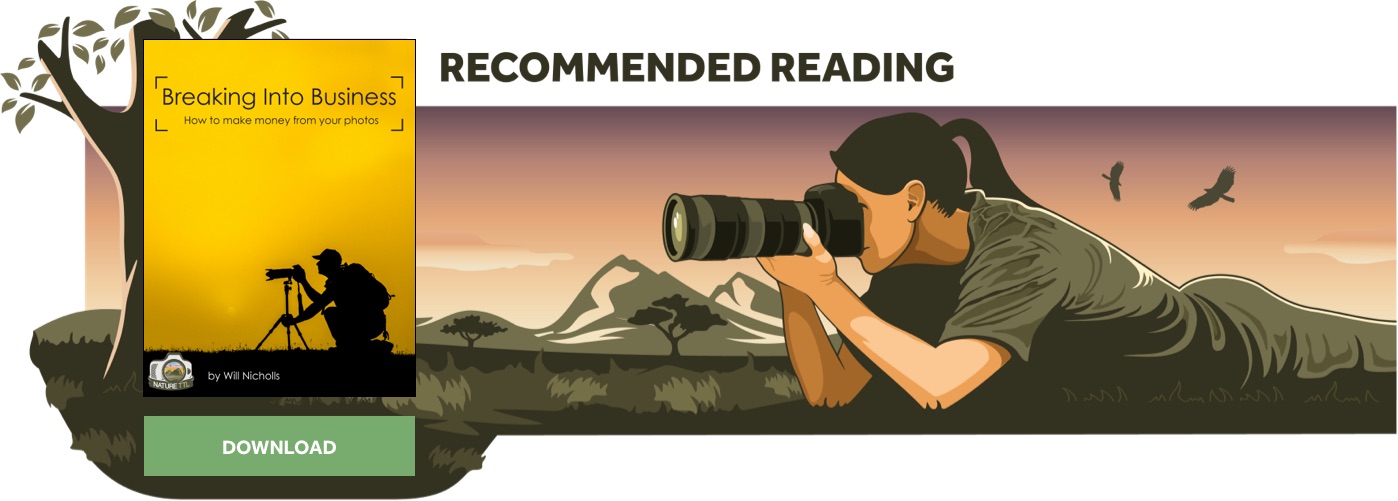
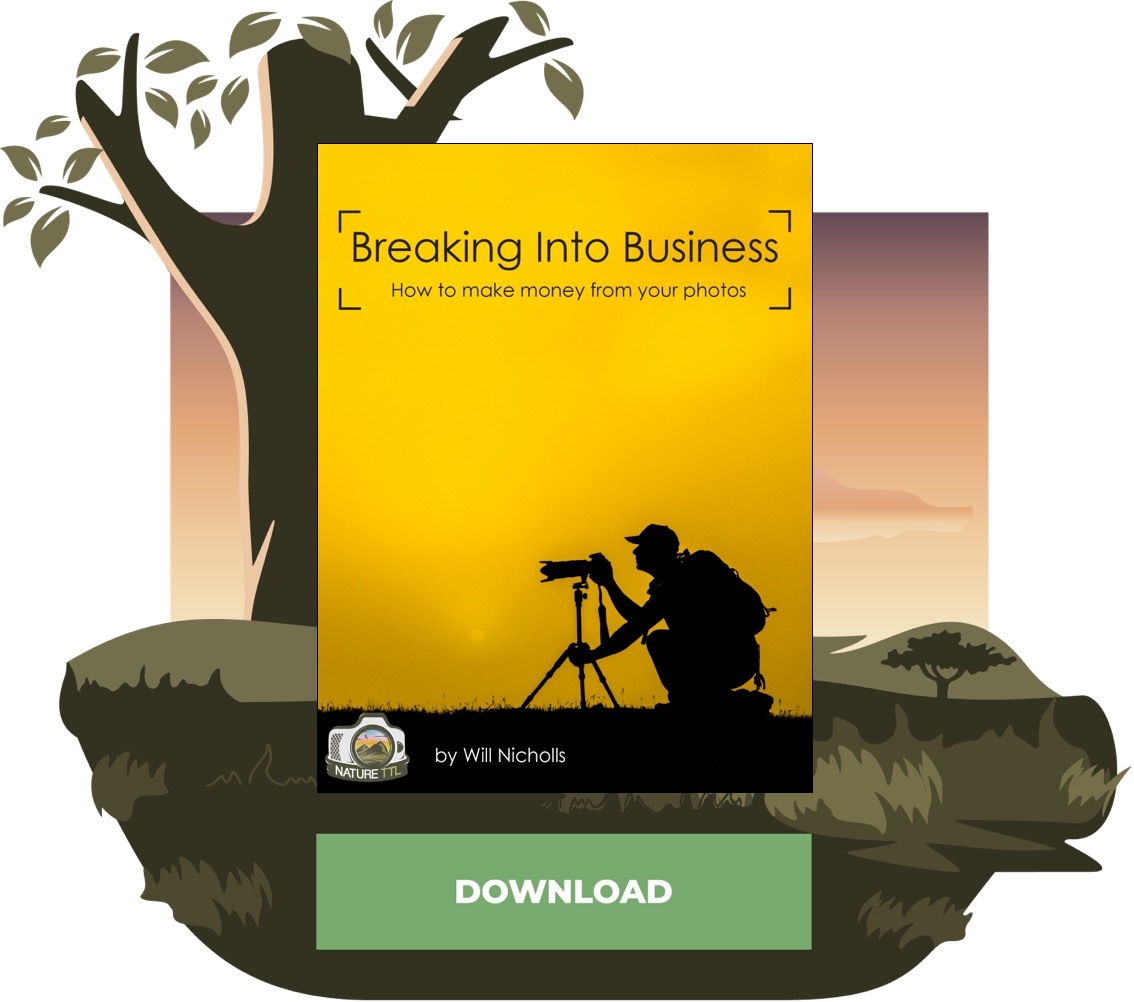
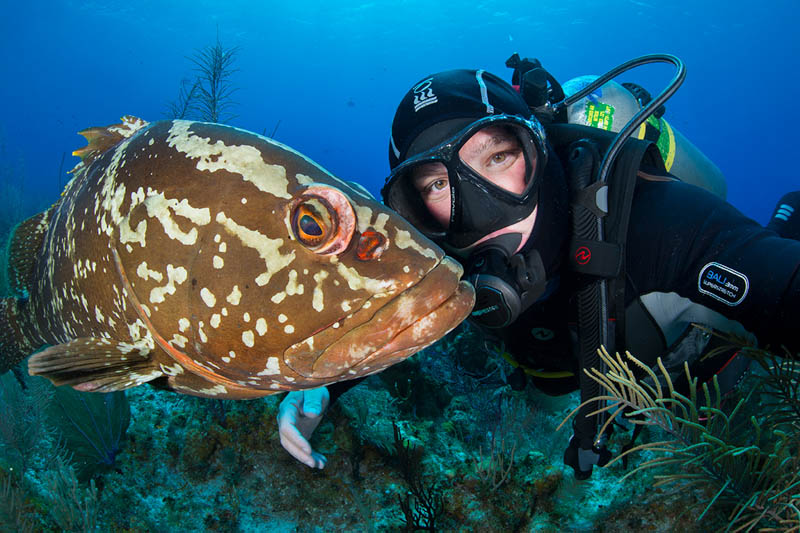 Alex is a highly regarded underwater photographer from the UK. With over 30 years of experience photographing beneath the waves, Alex’s images are one of a kind. Trained as a marine biologist, the natural world plays a major part in his life.
Alex is a highly regarded underwater photographer from the UK. With over 30 years of experience photographing beneath the waves, Alex’s images are one of a kind. Trained as a marine biologist, the natural world plays a major part in his life.

Q: What is your favourite category in the competition, and why?
Sandra: I really like the Earth’s Design category with the Black and White as well as the Detail/Impressions categories. I like to be challenged to see nature in a different way as usual. As much as I enjoy seeing interesting behaviour and seldom species … I am most fascinated by interesting and graphic interpretations where the photographer is showing a conceptual approach and thought process in comparison to pure documentation.
Q: How did you feel when you got asked to be a WPOTY judge?
Alex: Like many photographers, I’ve been following the WPOTY since I was at school, and each year I have always picked my favourites from the exhibition of winners. So, judging the competition is not really a new experience! Although this time my opinions will be seen by many more people!
More seriously, it is a huge honour. It is a chance to shape the next chapter in an institution that I care very deeply about. I know how important my own successes in this competition have been to my standing as a photographer and career. And certainly, I do not take on this responsibility lightly knowing the impact it will have on the winners we choose.
I’m fascinated to see how the competition works from the other side of the judging table, and I’m greatly looking forward to discussing images and debating winners with the other judges. It’s always fascinating to spend time with such learned photographic minds. I’m sure it will be very inspirational to spend a couple of weeks immersed in such stunning imagery.

Q: What are you hoping to see from this year’s entries?
Alex: I’m hoping to see wildlife images I have never seen before. The competition has an amazing reputation for pushing boundaries and continually raising the bar on the quality of entries every year. So, the winning shots will definitely contain pictures with freshness in their composition and clear artistic merit. But to me a photo must also demonstrate technical proficiency, and the reason it is valuable to have photographers on the panel is they have insider knowledge about the easy mistakes to make in any particular type of shot. I’m also sure that a number of the winners will have a strong narrative message, particularly highlighting important conservation themes. But above all this is a photographic competition, and I’ll be looking for photographic excellence.
Sandra: I want to be surprised. I want to be emotionally triggered. This can be done by the classic ‘perfect’ images, or by introducing new and interesting techniques. I would love to see species and topics that go beyond the ordinary beautiful subjects that we see on a daily basis.
Q: What does it take to win WPOTY?
Alex: A broad skill set is often required: knowledge of your subject, field craft, patience, instinct, timing, composition, and of course your technical ability with the camera. The winners of the competition will undoubtedly excel in most, if not all, of these disciplines. At the most basic level, you really have to be in it to win it. Yes, the competition is often dominated by the world’s leading professionals, but every year there are also winning photos from amateur photographers. The winning shots regularly capture those once-in-a-lifetime moments, and as a photographer you never know when this will come. They just as likely when you’re starting out. That’s what is so exciting – anyone can win this!

Q: Being a WPOTY judge, you will have seen countless incredible photos. Is there anything left that can surprise you?
Sandra: From past judging experiences, and from my work as magazine editor, I can agree that it takes a lot these days to be surprised. But I know that there is a lot left that can do this! I really enjoy a very simple and not complex image if it is perfectly composed, the lighting is great, the moment is extraordinary and the topic has not been covered extensively before.
Q: Those who can’t visit exotic areas may feel at a disadvantage when compared to the more travelled photographer. Is this true, or can you still be wowed by photos of the more local and common species?
Alex: Both exotic and more common animals have the potential for achieving stunning imagery. Of course, one of the objectives of all wildlife photographers is to bring back images that haven’t been seen before, and rare creatures are an obvious route to standing out.
However, this is a photography competition, not a subject competition. Often, really original work can take a lot of time, and this is actually harder to achieve in remote destinations. Each year many winning images are taken within walking distance of where photographers live. Practically it’s easier to work on ideas with continuous access to a subject, but I also think photographers push themselves further, creatively speaking, when working with subjects they have photographed many times before.

Q: What are the different stages of the judging process?
Alex: It is a big job, and takes about three months, start to finish. As you can imagine with so many entries, the first stage is to cull the numbers down to a more manageable level. This is why your images need to be technically perfect and show some originality. You don’t want to give the judges to exclude you at the first hurdle. For this year, the judges will work on this stage independently.
The images that make it through, and we’re still in three figures per category, will then be checked by the competition staff against their raw files (any with manipulation will be excluded) and also for any unethical practices. The competition maintains the highest standards in terms of image authenticity and the welfare of species and the environment.
The final stage is when all the judges convene for a week in London, selecting the final photos for the exhibition (approximately 100 images), the 25 pictures for the People’s Choice online vote, and of course the overall winners of Wildlife Photographer of the Year and Young Wildlife Photographer of the Year.
Q: How is the final winner chosen? What happens if there is a disagreement?
Alex: We start by picking the category winners, and once these are decided we then pick an overall winner from them. Voting blind, the judges choices might be split between two or three images. But then individual judges will articulate reasons for their support. We can try to convince others why a particular image is special, or may change our own minds when someone points out something about an image that we hadn’t appreciated fully at first.
This is why we have a whole week and a chairman to rule on these matters! Ultimately, a consensus will be reached. Once we leave the judging room that decision is locked in stone. Once those doors are closed it’s no longer about the choices I argued for, but about what we as a judging panel decided and agreed on. Then we have to wait until October to finally find out who took the pictures!

Q: What is the most common mistake that you think is made in nature photography, and should be avoided when entering the competition?
Alex: The biggest mistake is entering pictures we are emotionally attached to. As the photographer, you know how long you waited for a particular shot and how much effort was involved in getting it. As judges we know none of that and we are judging purely on the end result. So when deciding on your entries choose your set of pictures, and then show them to friends and work colleagues and get their opinions. They won’t know the backstory, and their favourites will be free of emotional baggage.
Sandra: Photographing the same places and species over and over again, and entering visually similar images to those from past competitions… Of course you shouldn’t miss the deadline for entries either!
Q: Could you share with us one of your favourite photos that you have taken?
Sandra: One of my favourite photos is the one that was Specially Commended in the 2012 WPOTY competition. It is special to me as I had very limited camera equipment and it was a very beautiful moment in nature.
Alex: This is a long (1 sec) exposure of a juvenile harlequin sweetlips (Plectorhinchus chaetodonoides), which dances as a defence from predators. The dance may mimic the movements of poisonous flatworms or may simply confuse predators. Dauin, Dumaguete, Negros, Philippines. Bohol Sea, Tropical West Pacific Ocean.
Q: Finally, what do you think makes WPOTY so special, and sets it in such high regard with the photography world?
Alex: There are many factors. The competition has a history of over 50 years now; the prestige of being part of an elusive club when you win; the exposure it gets for both you as a photographer, but also the subjects and stories that you care about; being seen by millions and millions of people. It definitely opens doors in your career and gives you the opportunity to get out there and show more of your photos.
As a direct result of the competition, I’ve had the chance to enthuse many visitors about the underwater world, ranging from hordes of schoolchildren to Queen Elizabeth and the Duke of Edinburgh. The other great reward of winning is meeting the other photographers at the amazing ceremony at the Natural History Museum. Everyone is so passionate about their photography and you come away brimming with inspiration, desperate to get back out there and shoot, and determined to be back again as a winner in the Wildlife Photographer of the Year the following year.
Sandra: It is the largest nature photography competition in the world! The winners are always outstanding and surprising, and the prestige that comes along with winning is invaluable.

Well… if that doesn’t make you hungry for success, then we don’t know what will! Don’t forget the competition closes on the 26th February 2015. You can enter on the WPOTY website at this link.


